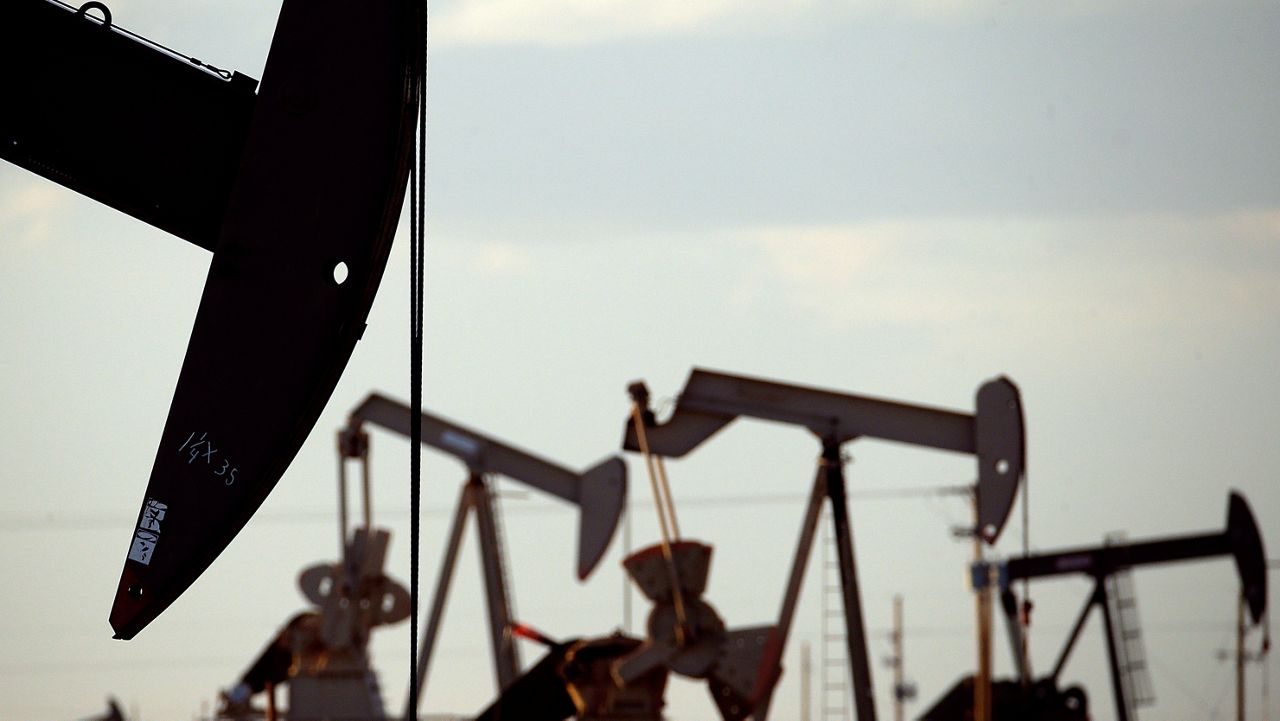Gas prices are expected to nudge higher in the coming weeks following an announcement on Tuesday that Saudi Arabia and Russia will extend their oil production cuts through the end of the year.
“It’s not a surprise, but it’s not without pain,” GasBuddy.com Senior Petroleum Analyst Patrick De Haan told Spectrum News.
The price of oil jumped to a fresh 10-month high of $87 per barrel on Tuesday following Saudi Arabia’s announcement. In July, the Middle Eastern nation first announced it would reduce the amount of crude oil it taps by 1 million barrels per day. The world’s fourth largest oil producer had been renewing the cuts monthly. Oil prices have been rising since June following a similar OPEC announcement that it will cut crude oil production through 2024.
That’s led to gas prices remaining “pretty elevated,” De Haan said.
Nationally, the average price for a gallon of gas is $3.811, according to AAA. While that’s lower than the highest recorded average of $5.034 in June 2022, it’s up significantly from the $3.175 average at the start of 2023.
“A lot of what we’re experiencing is imbalances because of COVID that are slowly smoothing out over time,” De Haan said.
High inflation and elevated interest rates prevented Americans from driving as much as usual this past summer, helping to suppress demand and keep gas prices in check, he said. But Russia’s war with Ukraine “is still a reason why prices are significantly elevated.”
The world’s second largest oil producer, Russia also announced on Tuesday it will extend its 300,000-barrels-per-day cut of oil exports through December. It plans to reduce oil production by 500,000 barrels per day through the end of 2024.
“There’s still some downward relief coming, but not quite as much,” De Haan said, adding that this year’s hurricane season is a wildcard that could keep gas prices elevated.
The fall usually sees some relief at the pump as summer ends and the demand for gasoline declines. Starting September 16, every state except California also switches to a cheaper winter blend of gasoline.
Before Saudi Arabia’s announcement, De Haan was expecting the national average gas price to decline between 25 and 50 cents between now and the end of the year. He now expects it to decline 20 to 45 cents but not to fall below $3 per gallon.
The one exception is California, where the average price is $5.287 per gallon largely because of environmental regulations and the state's highest-in-the-nation gas tax. De Haan expects gas prices to fall below $5 iin California this winter after the state fully switches to its winter blend next month.



